Cillamayor
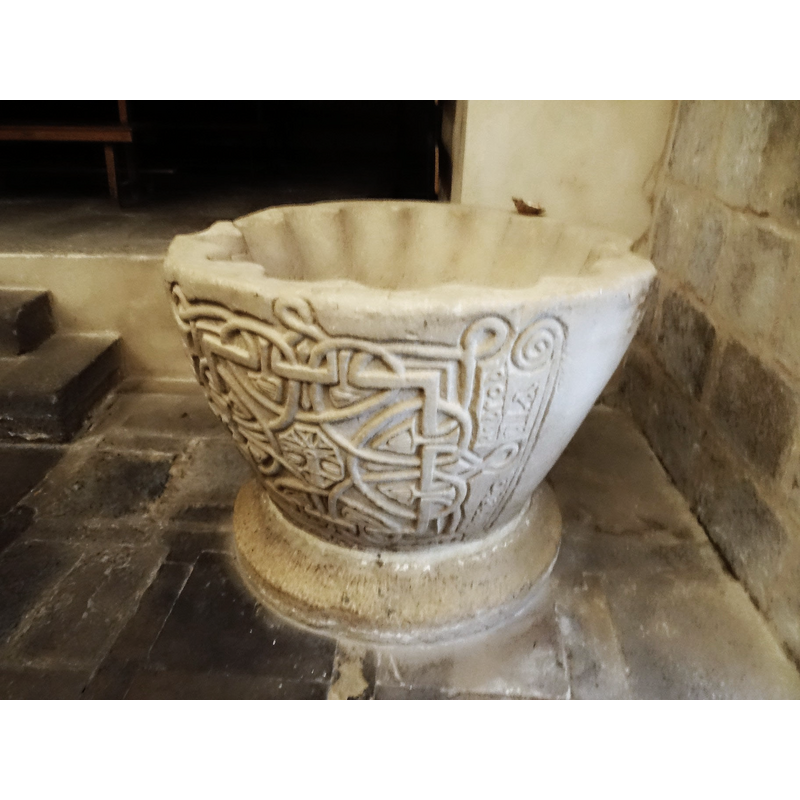
Image copyright © Pedro Lozano Huerta, 2020
Image and permission received from the author via Mikel Unanue (e-mail of 5 September 2020)
Results: 22 records
design element - patterns - ribbed - concave
human figure - male - with object - unidentified
Scene Description: Male figure wearing a short skirt holds an identified object. Opinions differ and describe it as man with brush, the master carver with his chisel, etc. Bilbao (1996) identifies him as a deacon on the act of sparkling holy water with his aspergillum (!) [cf. FontNotes]
Copyright Statement: Image copyright © Pedro Lozano Huerta, 2020
Image Source: digital photograph 31 August 2020 by Pedro Lozano Huerta
Copyright Instructions: Image and permission received from the author via Mikel Unanue (e-mail of 5 September 2020)
inscription
Scene Description: the image has been rotated 90 degrees clockwise for ease of view
Copyright Statement: Image copyright © Pedro Lozano Huerta, 2020
Image Source: digital photograph 31 August 2020 by Pedro Lozano Huerta
Copyright Instructions: Image and permission received from the author via Mikel Unanue (e-mail of 5 September 2020)
symbol - cross
Scene Description: Eight incised crosses adorn the rim -- some are clearly visible here on the right side of the rim [cf. Font notes]
Copyright Statement: Image copyright © Pedro Lozano Huerta, 2020
Image Source: digital photograph 31 August 2020 by Pedro Lozano Huerta
Copyright Instructions: Image and permission received from the author via Mikel Unanue (e-mail of 5 September 2020)
symbol - crozier - abbatial or episcopal
Scene Description: to the left of the inscription stands a cozier with a curled head
Copyright Statement: Image copyright © Pedro Lozano Huerta, 2020
Image Source: digital photograph 31 August 2020 by Pedro Lozano Huerta
Copyright Instructions: Image and permission received from the author via Mikel Unanue (e-mail of 5 September 2020)
symbol - interlace
Scene Description: labyrinth? New Jerusalem? [cf. FontNotes]
Copyright Statement: Image copyright © Pedro Lozano Huerta, 2020
Image Source: digital photograph 31 August 2020 by Pedro Lozano Huerta
Copyright Instructions: Image and permission received from the author via Mikel Unanue (e-mail of 5 September 2020)
view of basin - upper basin
Scene Description: the damage and drilled holes in the upper rim are probably related to an earlier font cover anchorings
Copyright Statement: Image copyright © Pedro Lozano Huerta, 2020
Image Source: digital photograph 31 August 2020 by Pedro Lozano Huerta
Copyright Instructions: Image and permission received from the author via Mikel Unanue (e-mail of 5 September 2020)
view of church exterior - apse
view of church exterior - north portal
view of church exterior - south view
view of church exterior - south view - window
view of church exterior - southeast view
Scene Description: Source caption: "Iglesia de Santa María en Cillamayor (Palencia, Castilla y León). El grueso del edificio, aunque con alguna modificación posterior, corresponde a época románica. No obstante, existe un fragmento de muro en el lienzo Norte, que no corresponde ni con la tipología románica del edificio ni con el despiece que le rodea. Desconocemos su origen, pero podemos datarlo entre un prerrománico tardío y un románico incipiente. De época propiamente románica va a datar la construcción de la cabecera del edificio. Como es habitual, siempre se comienza por esta parte de las iglesias, puesto que una vez concluida, se puede consagrar y comenzar ya a oficiar la misa en ella. Por su tipología podemos encuadrarla alrededor de mediados del siglo XII."
Copyright Statement: Image copyright © Valdavia, 2008
Image Source: digital photograph taken 19 March 2008 by Valdavia [https://commons.wikimedia.org/wiki/File:Iglesia_de_Santa_María_Cillamayor_002.jpg] [accessed 3 October 2015]
Copyright Instructions: CC-BY-SA-3.0
view of church interior - capital
view of church interior - capital
view of church interior - nave - looking east
Scene Description: Source caption: "Interior de la Iglesia de Santa María en Cillamayor (Palencia, Castilla y León). El grueso del edificio, aunque con alguna modificación posterior, corresponde a época románica. No obstante, existe un fragmento de muro en el lienzo Norte, que no corresponde ni con la tipología románica del edificio ni con el despiece que le rodea. Desconocemos su origen, pero podemos datarlo entre un prerrománico tardío y un románico incipiente. De época propiamente románica va a datar la construcción de la cabecera del edificio. Como es habitual, siempre se comienza por esta parte de las iglesias, puesto que una vez concluida, se puede consagrar y comenzar ya a oficiar la misa en ella. Por su tipología podemos encuadrarla alrededor de mediados del siglo XII."
Copyright Statement: Image copyright © Valdavia, 2008
Image Source: digital photograph taken 19 March 2008 bu Valdavia [https://commons.wikimedia.org/wiki/File:Iglesia_de_Santa_María_Cillamayor_-_Interior_008.jpg] [accessed 3 October 2015]
Copyright Instructions: CC-BY-SA-3.0
view of church interior - nave - looking west
Scene Description: a baptismal font can be seen at the far end, right side; it is not, however, the original font of this church; the original would be returned to the church only a few months after this photograph was taken, on the 14 of November 2013 [cf. FontNotes]
Copyright Statement: Image copyright © Valdavia, 2008
Image Source: digital photograph taken 19 March 2008 bu Valdavia [https://commons.wikimedia.org/wiki/File:Iglesia_de_Santa_María_Cillamayor_-_Interior_004.jpg] [accessed 3 October 2015]
Copyright Instructions: CC-BY-SA-3.0
view of font
view of font
view of font
view of font
view of font in context
Scene Description: located now [September 2020] inside the parish church, in the northwest corner of the nave
Copyright Statement: Image copyright © Pedro Lozano Huerta, 2020
Image Source: digital photograph 31 August 2020 by Pedro Lozano Huerta
Copyright Instructions: Image and permission received from the author via Mikel Unanue (e-mail of 5 September 2020)
view of font in context
Scene Description: politicians' photo-op at the official ceremony when the old font was returned its original church on 14 November 2013
Copyright Statement: Image copyright © Fundación Santa María la Real, 2013
Image Source: digital photograph taken by C. Molinos, in [www.romaniconorte.org/es/contenido/index.asp?iddoc=5523] [accessed 4 October 2015]
Copyright Instructions: PERMISSION NOT AVAILABLE -- IMAGE NOT FOR PUBLIC USE
INFORMATION
FontID: 02133CIL
Object Type: Baptismal Font1
Church/Chapel: Iglesia de Santa María la Real
Church Patron Saints: St. Mary the Virgin
Church Location: Calle Iglesia Cill, 1, 34829 Cillamayor, Palencia, España
Country Name: Spain
Location: Palencia, Castilla y León
Directions to Site: Cillamayor is located in the municipality of Barruelo de Santullán, near Aguilar de Campoo
Ecclesiastic Region: Diócesis de Palencia
Historical Region: La Braña
Font Location in Church: inside the church, at the W end, N side of the nave [since Nov. 2013 -- formerly at the Museo Fontaneda, Castillo de Ampudia)
Century and Period: 13th century (late?), Late Romanesque / Early Gothic?
Workshop/Group/Artisan: Pedro de Cilla
Cognate Fonts: Other fonts in this area with consecration scenes at Renedo de Valdavia and Valdeande
Credit and Acknowledgements: We are grateful to Francisco José García Gómez for the information on the present [August 2015] whereabouts of this font; we are grateful to Pedro Lozano Huerta for his photographs of this font
Font Notes:
Click to view
Described in Lojendio & Rodríguez (1985); also in García Guinea (1990). Described and illustrated in Bilbao (1996) and in García Guinea (1998); the latter states that he saw the font personally in its original location at Cillamayor in the 1950s: baptismal font of the late Romanesque period [G-G (ibid.) suggests the late 13th century]; the roughly hemispherical basin [almost bucket-shaped] is ribbed on the inside; it has eight crosses at the rim; the outer sides have a male figure -identified as a deacon with a sprinkler (aspergillum) - and a large cruciform (?) interlace -identified as a labyrinth, symbol of a celestial Jerusalem [both Bilbao and G-G]; there is also an inscription in Spanish which identifies the master carver of the font as Pedro de Cilla and helped with the dating of the font (idem). Bilbao (ibid.) gives the fonts at Renedo de Valdavia and Valdeande, in Burgos province, as two other fonts having the scene of the consecration of the font/waters [NB: for a superb Italian example cf. Index entry for Vicofertile]. There is considerable damage to the upper rim and upper basin side. Noted in Martín Jiménez (2008). [NB: a local source, Francisco José García Gómez, notified BSI [e-mail of 2 October 2015] that the Cillamayor font was no longer at the Castillo de Ampudia, and had been returned to the parish church whence it originated -- NB: the font may have been returned to its church when the latter was renovated in 2006]. The Noticias del Gobierno Autonómico [www.comunicacion.jcyl.es/web/jcyl/Comunicacion/es/Plantilla100Detalle/1281372051501/_/1284293037387/Comunicacion] [accessed 4 October 2015] announced the oficial return of the old font to the church on 14 November 2013]: "La Pila bautismal de Cillamayor, de época medieval y vendida a particulares en los años 60, se recupera ahora para su reubicación originaria. La recuperación de esta valiosa pieza se enmarca dentro de los objetivos del Plan Románico Norte emprendido por la Consejería de Cultura y Turismo, pues permite cerrar la intervención integral que se ha realizado en la Iglesia de Santa María la Real de Cillamayor, reubicando la pila en su contexto y lugar original." Similarly, with an illustration of the moment: " in Romanico Norte [www.romaniconorte.org/es/contenido/index.asp?iddoc=5523] [accessed 4 October 2015].
COORDINATES
Church Latitude & Longitude Decimal: 42.862342, -4.278083
Church Latitude & Longitude DMS: 42° 51′ 44.43″ N, 4° 16′ 41.1″ W
UTM: 30T 395593 4746320
MEDIUM AND MEASUREMENTS
Material: stone, type unknown
Font Shape: bucket-shaped
Basin Interior Shape: round
Basin Exterior Shape: round
Drainage Notes: no lining
Diameter (includes rim): 122 cm*
Font Height (less Plinth): 96 cm*
Notes on Measurements: * Bilbao (1996: 300), García Guinea (1998: 377) and the Enciclopedia del románico en Castilla y León (2002-, vol. 3: 293)
INSCRIPTION
Inscription Language: Spanish
Inscription Notes: The inscription reads vertically from top to bottom.
Inscription Location: Basin
Inscription Text: "PEDRO DE CILLA ME FIZO"
Inscription Source: Bilbao (1996: 252); García Guinea (1998: 377); Enciclopedia del románico en Castilla y León (2002-, vol. 3: 293)
LID INFORMATION
Notes: [NB: the font had iron staples on the upper rim earlier on]
REFERENCES
Historia del arte de Castilla y León, [León?]: Ambito; Junta de Castilla y León, Consejería de Cultura y Turismo, 1994-1998
Bilbao López, Garbiñe, "La representación del bautismo de los adultos en la pilas románicas de Itero Seco y Osornillo (Palencia)", 67 (1996), PITTM, 1996, pp. 79-[888; p. 82
Bilbao López, Garbiñe, Iconografía de las pilas bautismales del románico castellano: Burgos y Palencia, Burgos: Editorial La Olmeda, S.L., 1996
García Guinea, Miguel Angel, El Románico en Palencia, Palencia: Excma. Diputación de Palencia, 1990
García Guinea, Miguel Angel, Románico en Palencia: guía, Palencia: Excma. Diputación de Palencia, Dpto. de Cultura, 1998
Lojendio, L. M., Castilla/2, 1985
Martín Jiménez, Carlos A., Las mejores rutas por el románico de Palencia, Trobajo del Camino, León: EDILESA, 2008
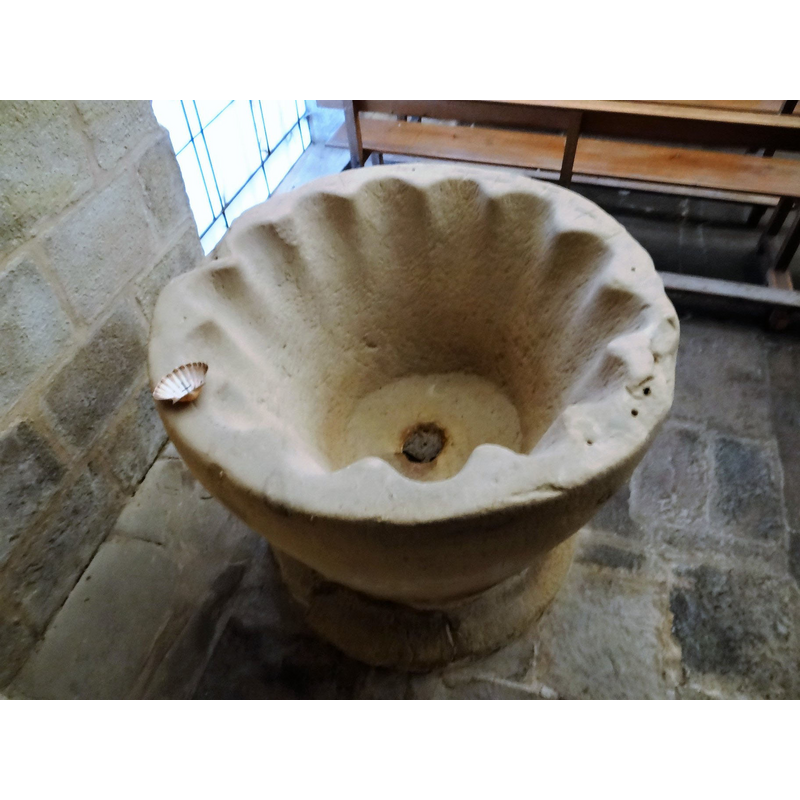
![Male figure wearing a short skirt holds an identified object. Opinions differ and describe it as man with brush, the master carver with his chisel, etc. Bilbao (1996) identifies him as a deacon on the act of sparkling holy water with his aspergillum (!) [cf. FontNotes]](/static-50478a99ec6f36a15d6234548c59f63da52304e5/compressed/1200905006_compressed.png)

![Eight incised crosses adorn the rim -- some are clearly visible here on the right side of the rim [cf. Font notes]](/static-50478a99ec6f36a15d6234548c59f63da52304e5/compressed/1200905003_compressed.png)

![labyrinth? New Jerusalem? [cf. FontNotes]](/static-50478a99ec6f36a15d6234548c59f63da52304e5/compressed/1200905007_compressed.png)
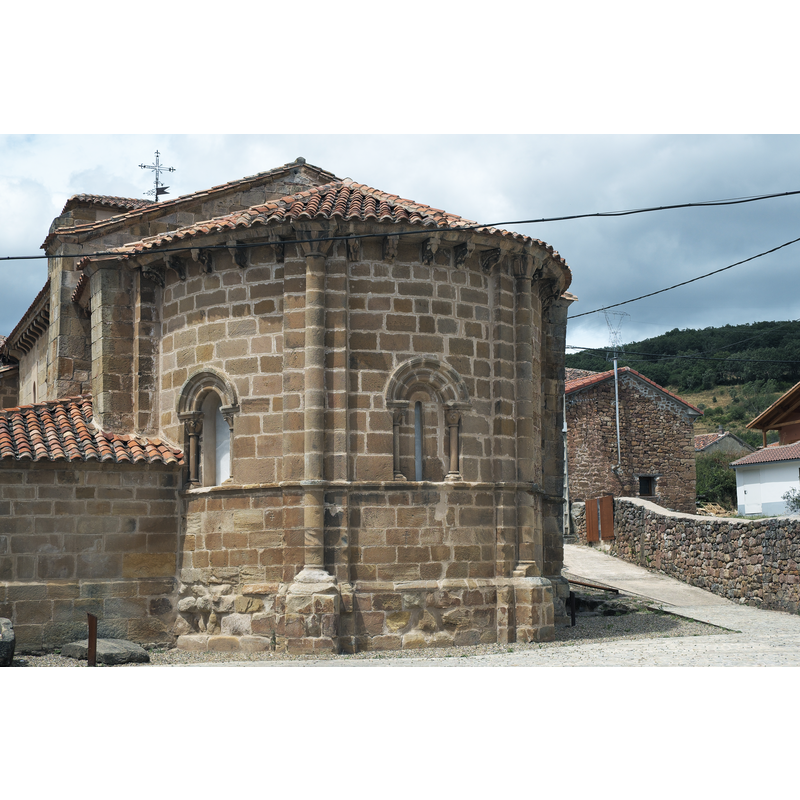
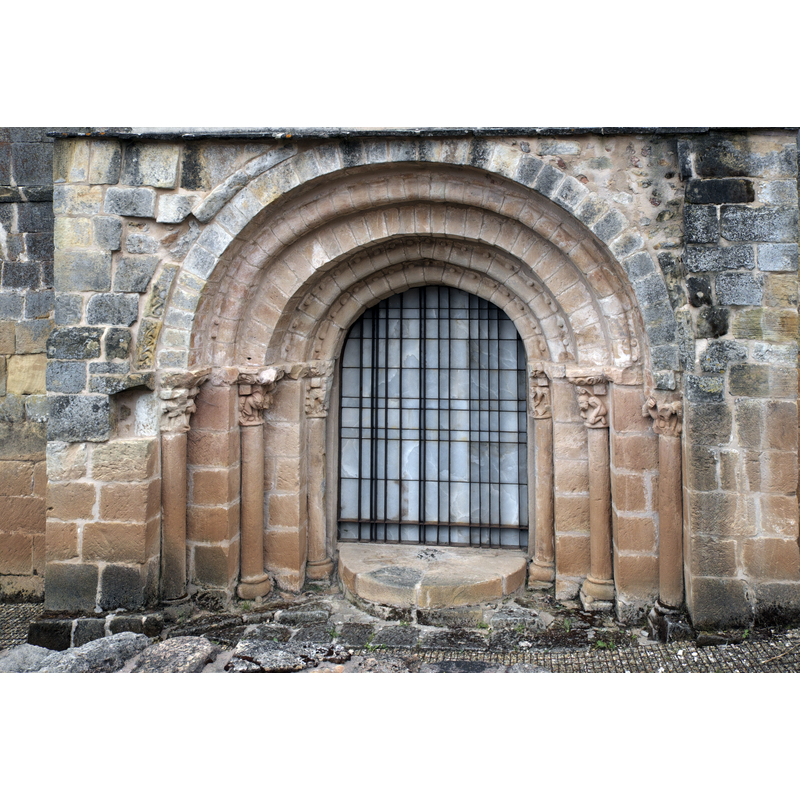
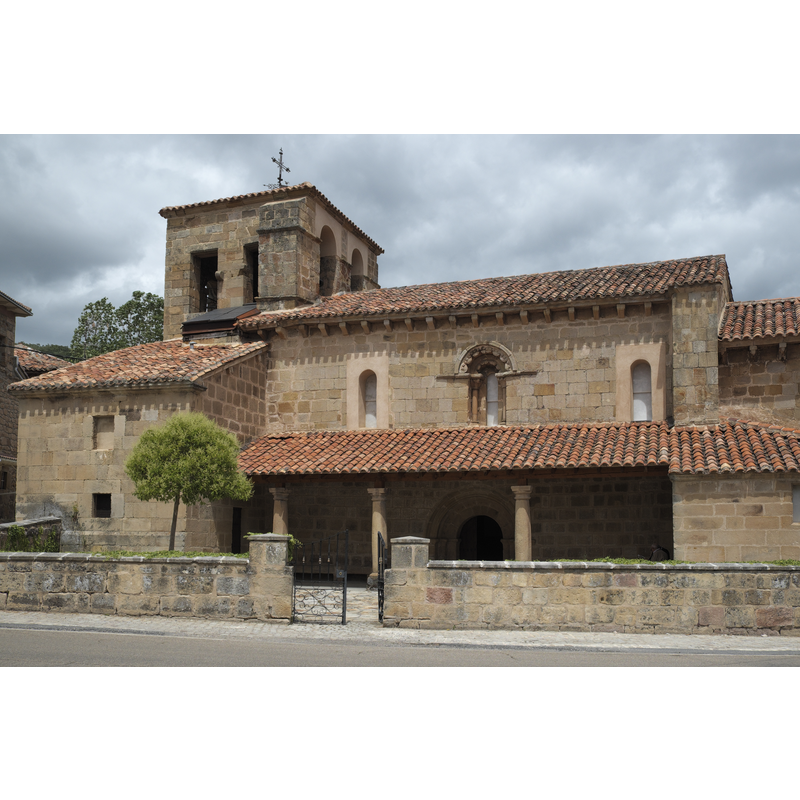
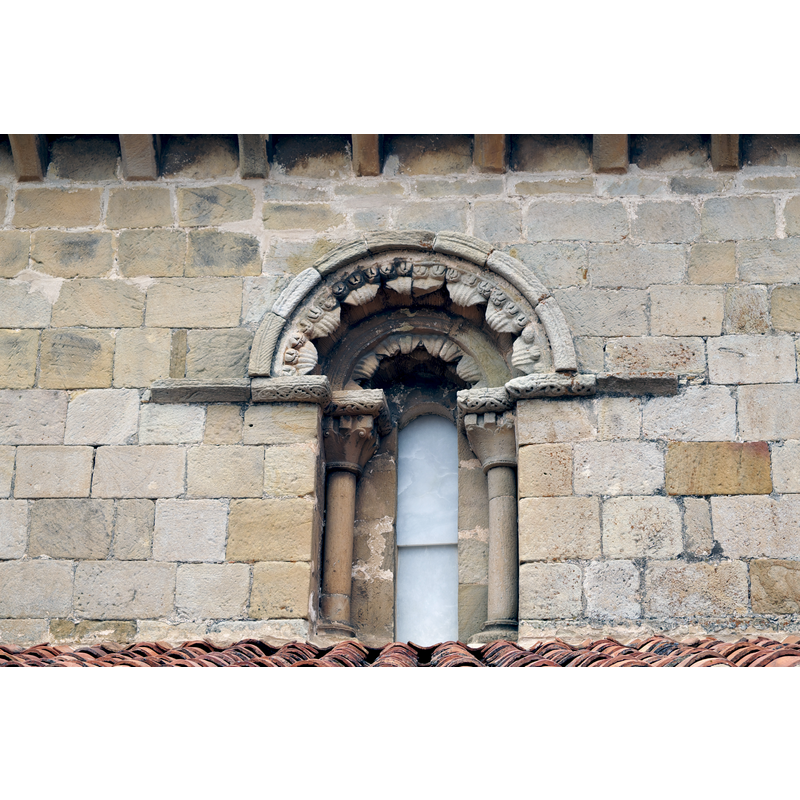
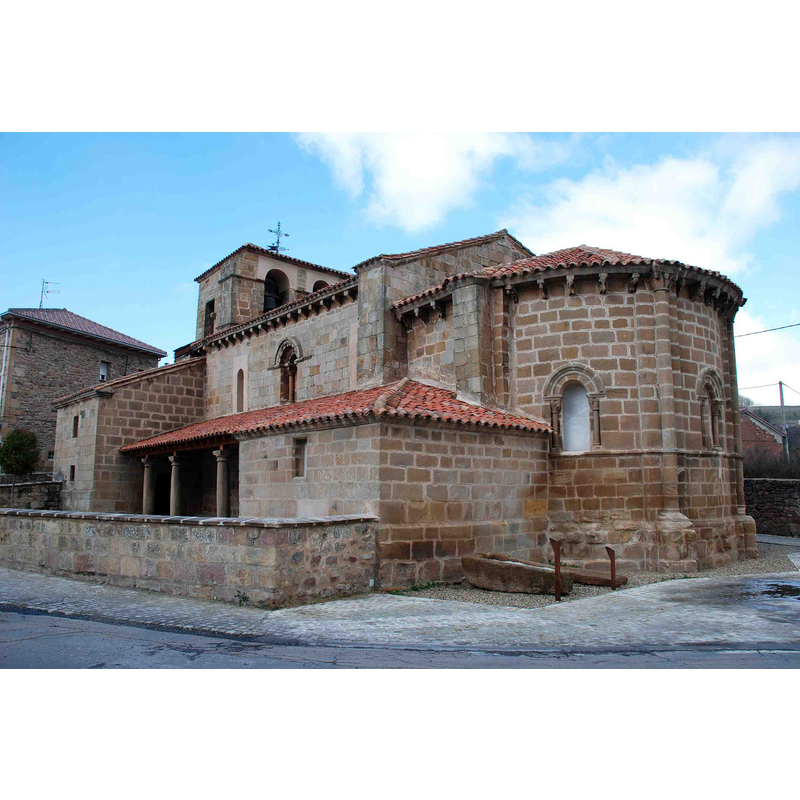

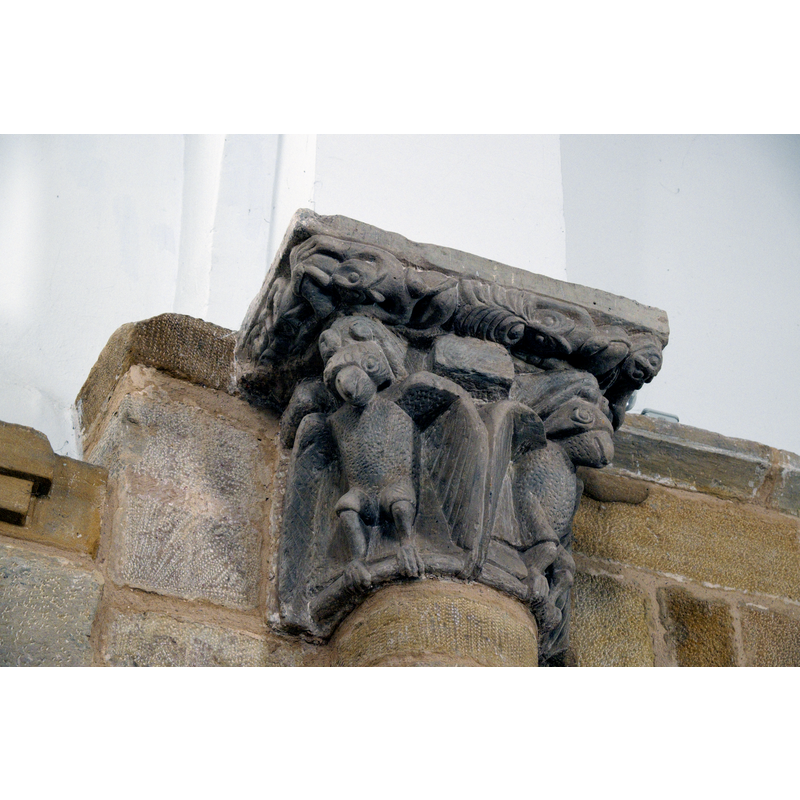
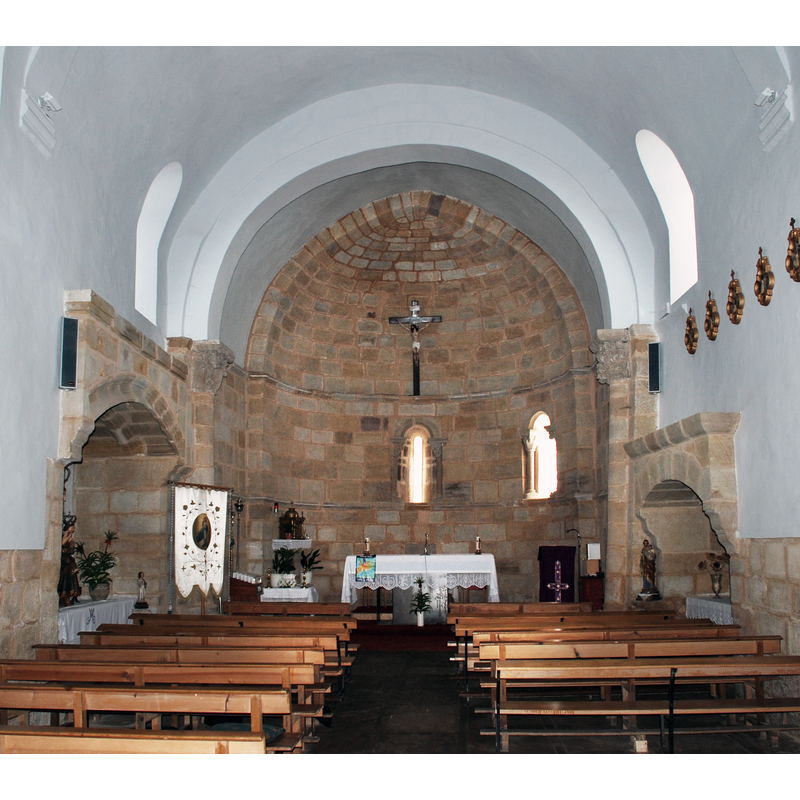
![a baptismal font can be seen at the far end, right side; it is not, however, the original font of this church; the original would be returned to the church only a few months after this photograph was taken, on the 14 of November 2013 [cf. FontNotes]](/static-50478a99ec6f36a15d6234548c59f63da52304e5/compressed/1151003015_compressed.png)
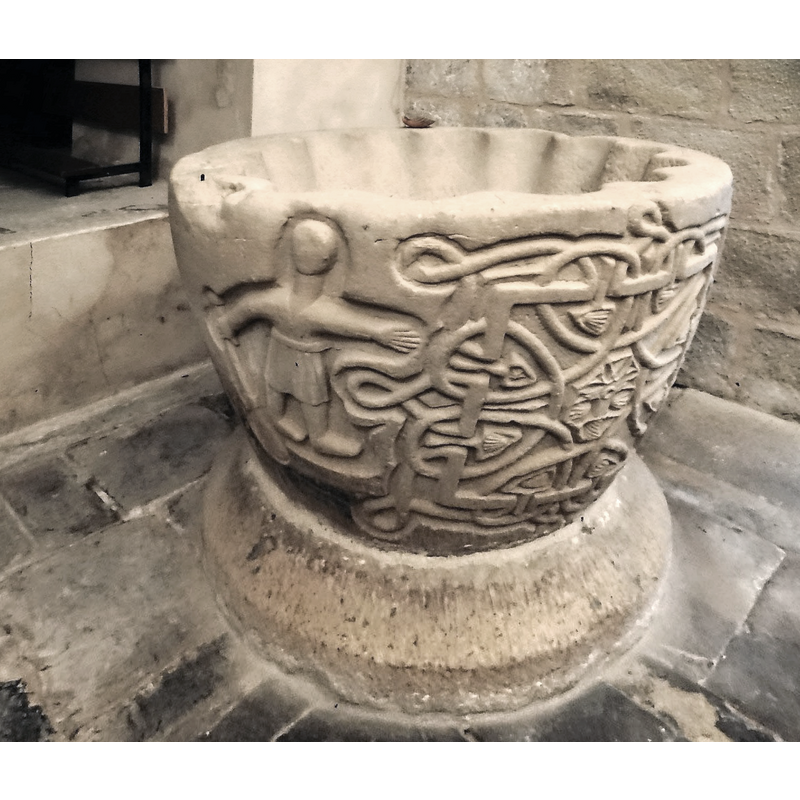
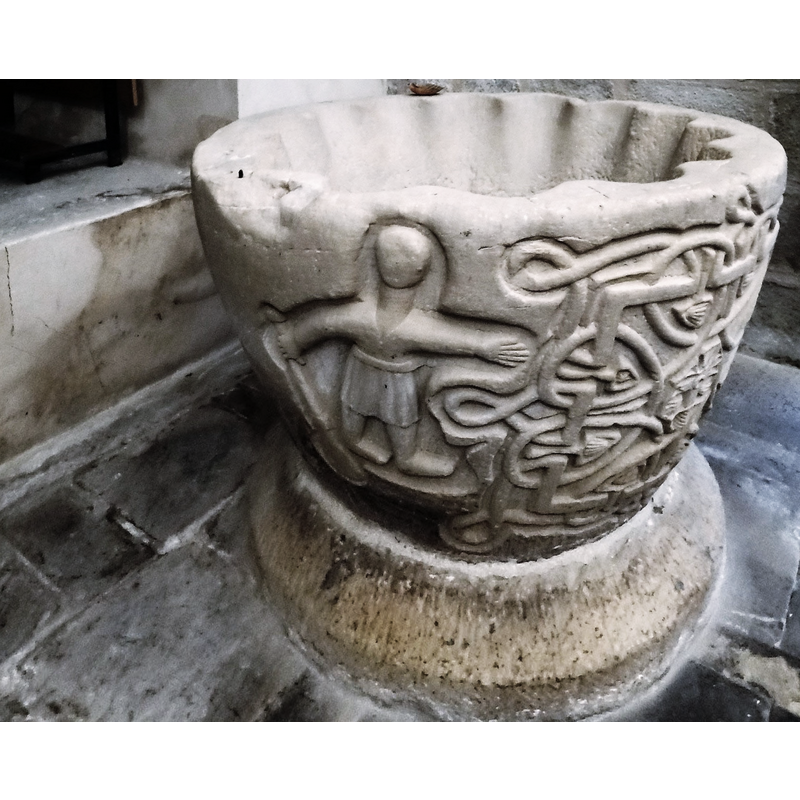

![located now [September 2020] inside the parish church, in the northwest corner of the nave](/static-50478a99ec6f36a15d6234548c59f63da52304e5/compressed/1200905001_compressed.png)
